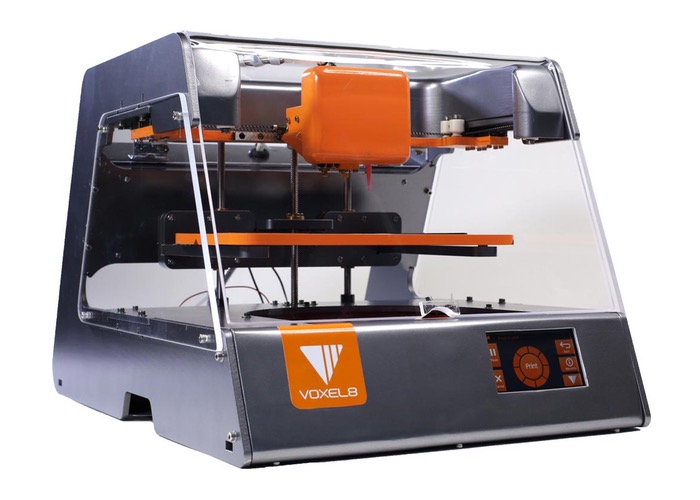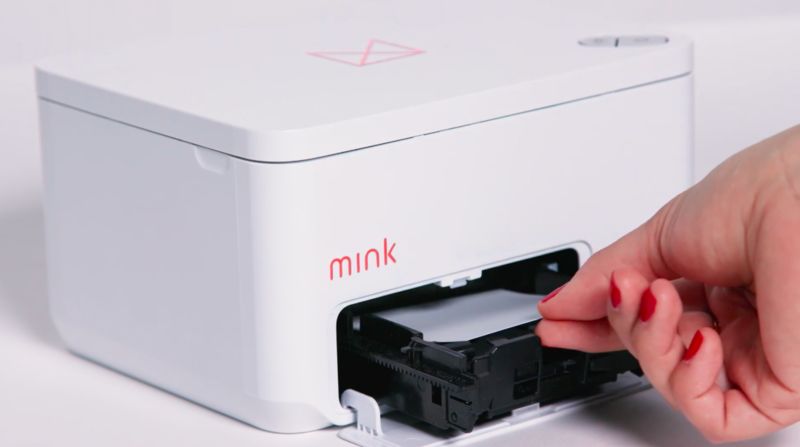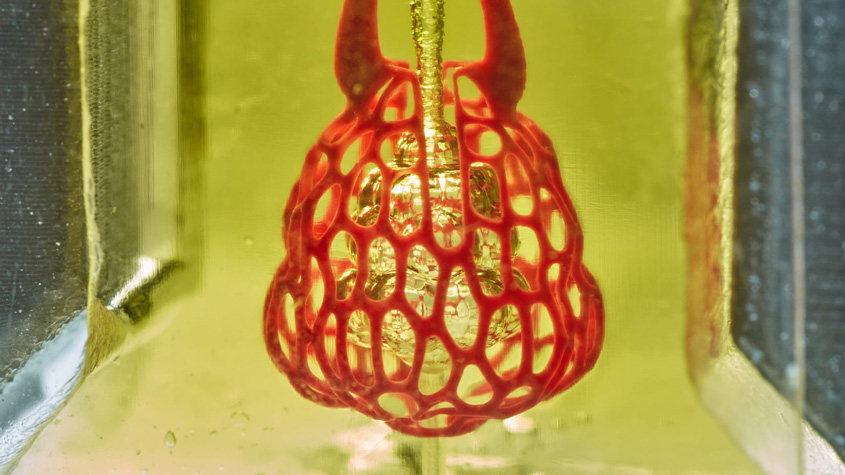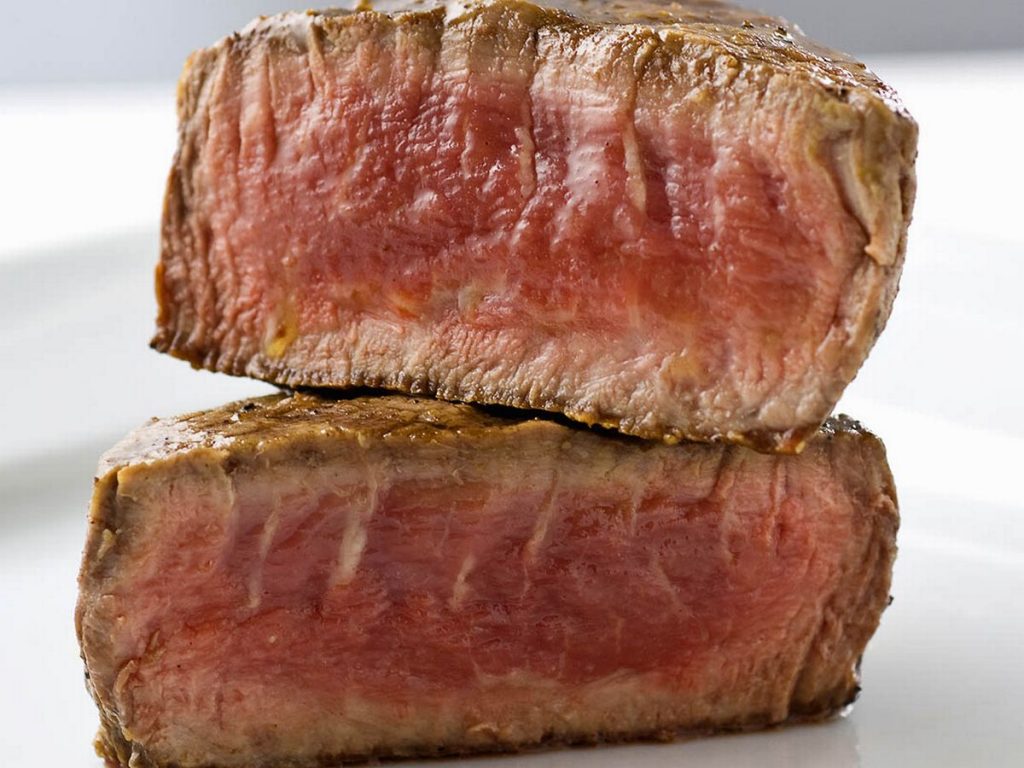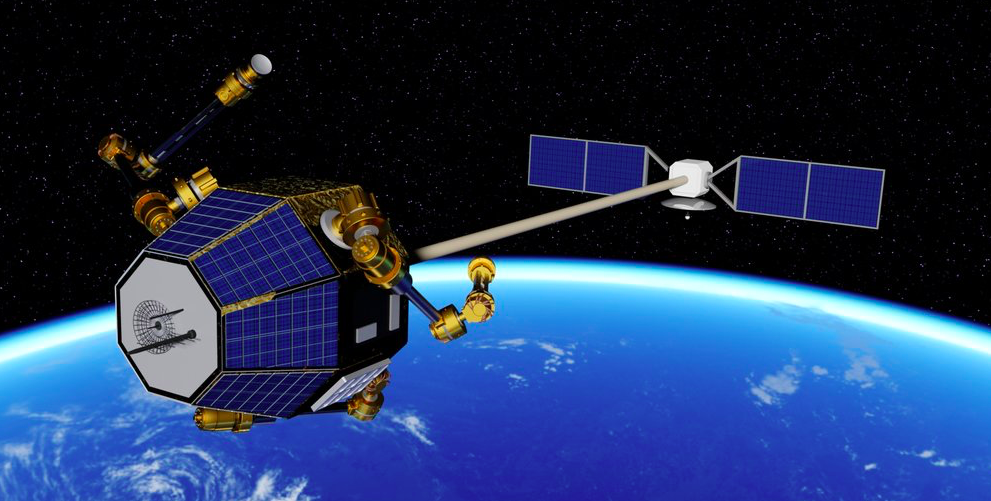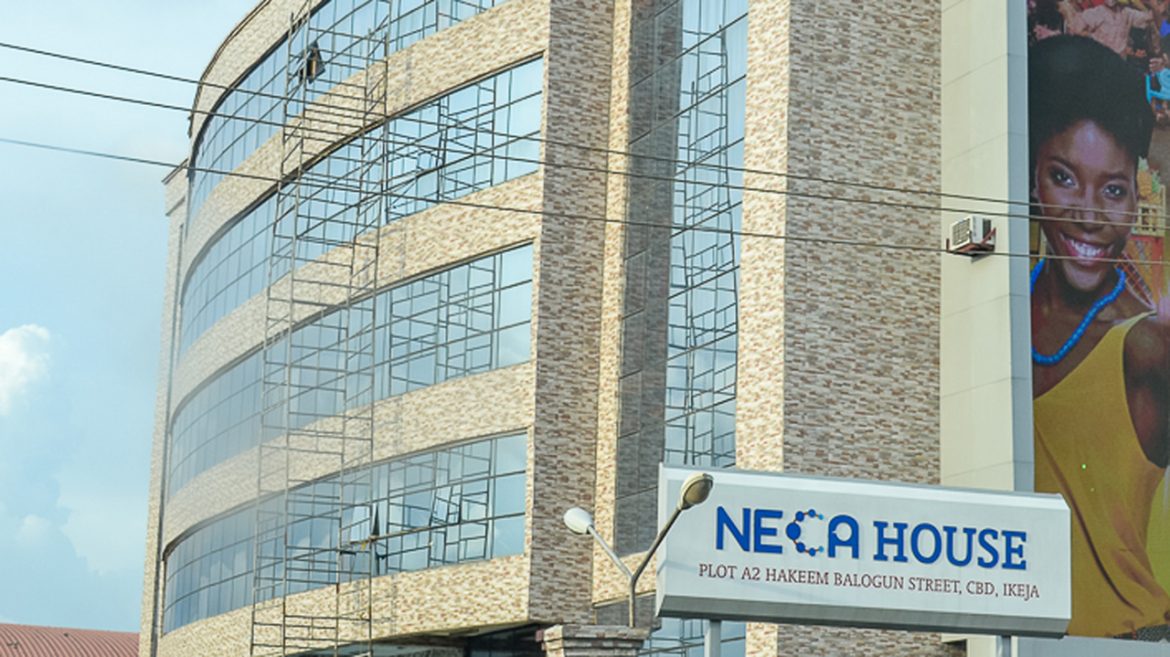3D printing has long been used for projects that require in-depth customisation, such as creating complex architectural structures and advanced manufacturing. However, the technology isn’t as simple as pushing buttons and waiting for the output. The last thing that 3D printing does is create a structure out of nothing. Said structure needs to be programmed into it first, and that needs intense levels of expertise.
Despite its complexities, however, 3D printing is an exciting industry with plenty of potential for improving lives. Here are five industries being disrupted by 3D printing.
Electronics
Researchers have found a way to 3D print machines, including the printed circuit boards (PCBs) that run them. PCBs are tiny and complex, so it’s common to see thousands of defective PCBs come out of factories every day due to “human error, a wrong manufacturing process, poor design, and other practices.” When making a PCB with a 3D printer, the process becomes more streamlined through reduced costs, turnaround times, and standardised designs. All of which decrease the chance of human error and defective circuits.
Fashion
3D printing is pushing the boundaries of fashion design by providing not just sketches, but full-blown ensembles that have been 3D printed—from the seams down to the threads. Luxury fashion designers Anouk Wipprecht and Iris Van Herpen are piloting this movement by introducing entire collections of 3D printed clothing, such as gowns and sneakers. Wipprecht has even managed to 3D print a dress that lights up if people get too close to the wearer to the point of harm.
Cosmetics
In 2014, inventor Grace Choi announced her idea for a 3D printer that could create personalised and skin-friendly makeup. A couple of months ago, the invention finally went live. For $395 (or about R 6000), you can own your own portable Mink Printer—a device that uses a combination of pigments and powder to produce over a hundred types of makeup in more than 16 million hues. Unfortunately, Choi is only shipping her work in the US at the moment, but we’re hoping to see it distributed to other parts of the world soon.
Healthcare
Ever since scientists found out that isomalt—a type of sugar that doesn’t burn when heated—can be used to print live cells, the biotech sector has been finding unique uses for it. Researchers from Rice’s Brown School of Engineers, for instance, have been looking into the technology to produce fully-
Food
In their quest for sustainability, researchers from NOVAMEAT have been experimenting on producing 3D printed meat so that the world is less-reliant on our finite livestock system. Their product looks and even feels like meat (especially the steak), but it’s actually made out of a mixture of peas, seaweed, and beetroot juice. Currently, the team is looking into incorporating a more savoury taste.
Space Exploration
3D printing is also revolutionising the way that spacecrafts are being repaired. The International Space Station is looking into installing 3D printers into their flight vessels, because of the convenience of printing damaged parts, compared to carrying extra weight for the materials or request tools from home base. NASA has even recently funded a project to create a spacecraft that can 3D print parts by itself, and use them to automatically repair satellites in orbit. The Archinaut One is expected to launch sometime in 2022.
The technology of 3D printing has proven to be more impactful than we could ever imagine. From potentially solving food shortages to curing diseases, 3D printing has truly provided the world with probable solutions that will make life a little better. And it will continue to do so in the coming years.


